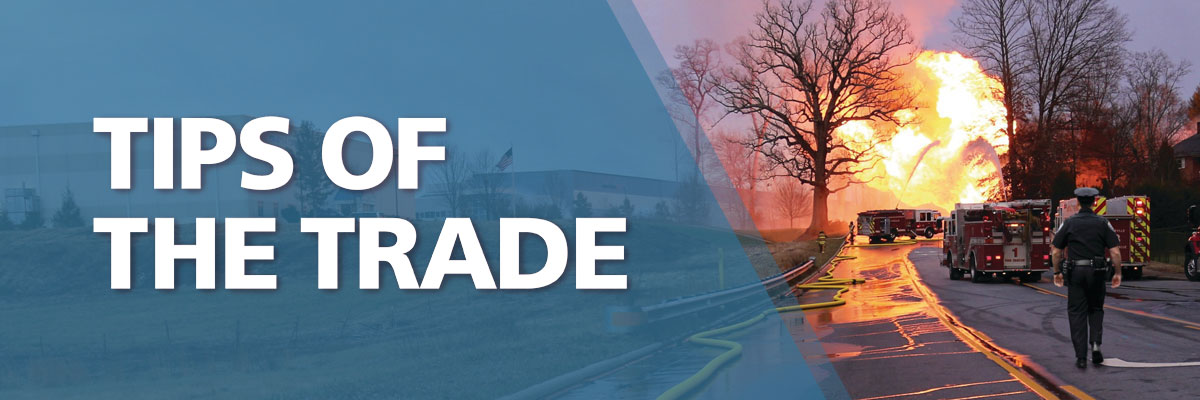|
 |
|
| As critical components of the gas delivery system, valves are strategically placed for safe regulation of natural gas flow. However, improper operation of these valves poses a threat to public safety and to property. Learn to safeguard against this threat during a gas emergency. |
| To order our FREE safety kit, visit the LG&E and KU e‑SMARTresponders website. |
|
|
|
|
| Proper Training Is Key |
| You may control an indoor gas leak or fire by shutting off gas at a service meter or an appliance supply line, provided you have the proper training. If you have not been trained to operate gas valves, do NOT attempt to shut off or restrict gas supply to the affected structure in any way. Wait for LG&E and KU personnel to shut off the gas upon their arrival. |
| Only Shut Off Gas at the Meter or Appliance Supply Line |
| If a single gas appliance is involved in the incident, you may close the appliance gas shutoff valve located on the gas piping within 6 feet of the appliance. |
| If the incident requires shutting off all gas to the structure, locate the gas service meter shutoff valve: |
| • |
The valve for an individual meter is typically found on the piping that comes out of the ground before the meter. |
|
| • |
Groups of gas meters serving multiple units have a separate valve for each unit’s meter, as well as a master service shutoff valve for the entire structure. The master shutoff valve is usually located close to the gas meter assembly, near where the gas pipeline emerges from the ground or comes through a wall. |
|
| • |
Using the proper tool, close the valve with a quarter turn so that it is perpendicular to the pipe. |
|
| • |
After the gas service shutoff valve has been closed, do NOT reopen it. Only trained LG&E and KU personnel are permitted to restore gas service. They will turn the gas back on once the area has been declared safe. |
|
| • |
Inform LG&E and KU personnel of the precise location of any valves you have closed. |
|
|
| NEVER Operate Valves on Gas Transmission Pipelines or Distribution Mains |
| Operating these valves could cause dangerous pressure changes in the system. Under no circumstances should you open or close them. Only trained LG&E and KU personnel should operate these gas valves. |
| Would You Like to Know More? |
| Additional utility safety tips, case studies, instructional videos and educational tools can all be found, at no charge to you, on the LG&E and KU e‑SMARTresponders website. |
|
